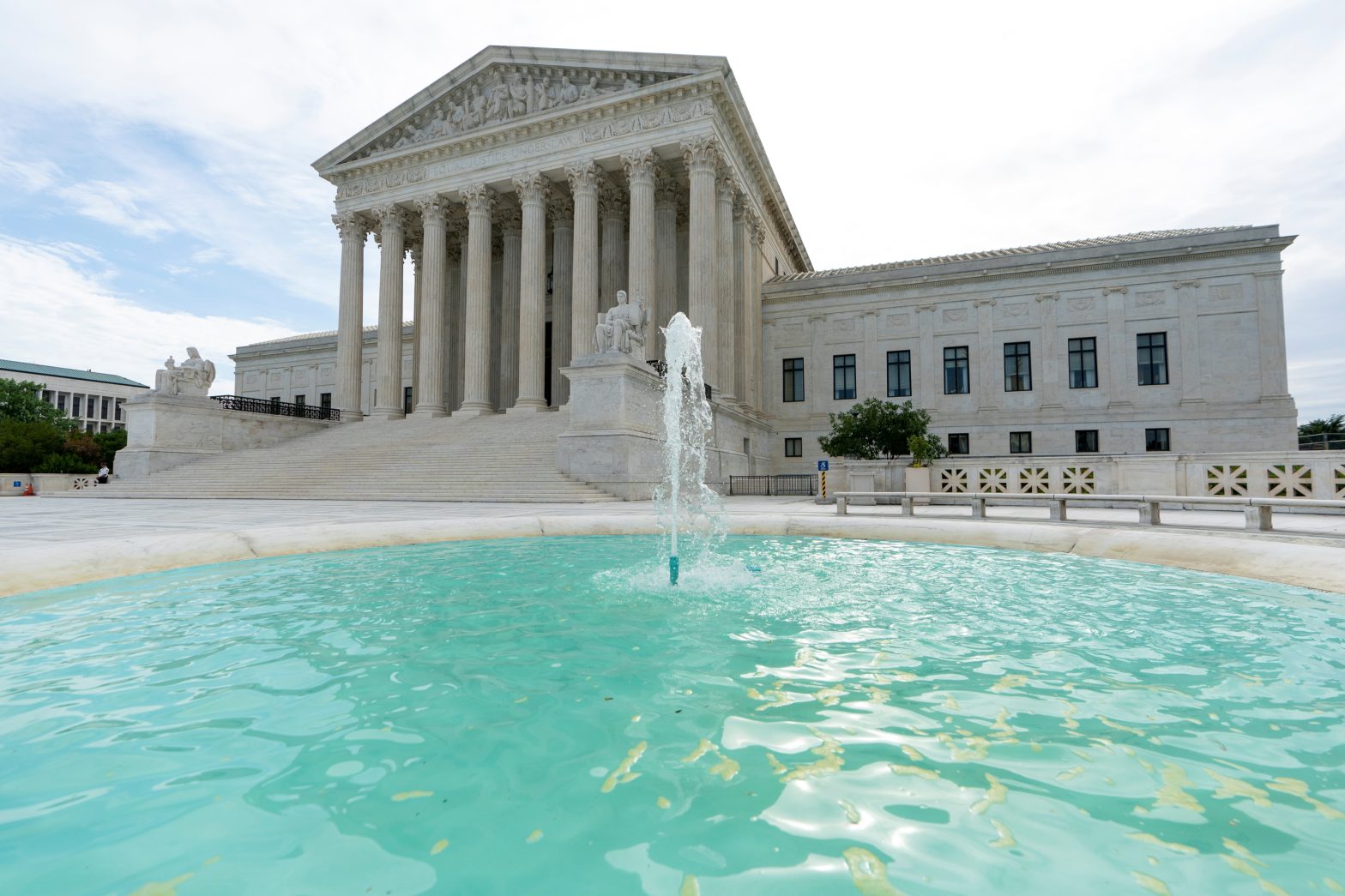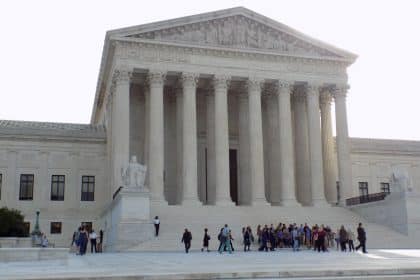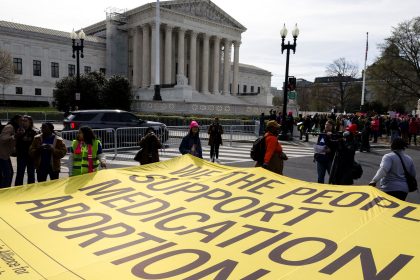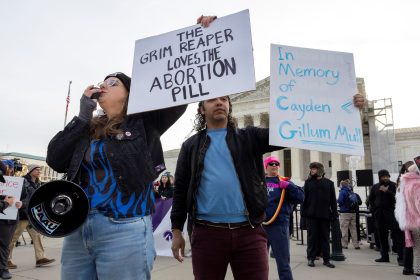Supreme Court Sides With Republicans in Wisconsin Redistricting Case

WASHINGTON — The Wisconsin Supreme Court erred in not sufficiently considering the actual requirements of the Voting Rights Act when it imposed a map drawn by Democratic Wisconsin Gov. Tony Evers over other proposals, the U.S. Supreme Court said on Wednesday.
In an unsigned ruling, a majority of the justices sided with Wisconsin’s Republican-led legislature, which had been seeking a stay of the state Supreme Court’s ruling.
But the justices of the U.S. Supreme Court decided instead to consider the Republicans’ filing as a request for certiorari, granted it, and reversed the state court’s ruling.
“The question that our [Voting Rights Act] precedents ask and the court failed to answer is whether a race-neutral alternative that did not add a seventh majority-black district would deny black voters equal political opportunity. Answering that question requires an ‘intensely local appraisal’ of the challenged district,” the justices said. “When the Wisconsin Supreme Court endeavored to undertake a full strict-scrutiny analysis, it did not do so properly under our precedents, and its judgment cannot stand.
“On remand, the court is free to take additional evidence if it prefers to reconsider the Governor’s maps rather than choose from among the other submissions. Any new analysis, however, must comply with our equal protection jurisprudence,” the opinion states.
“Summarily correcting the error gives the court sufficient time to adopt maps consistent with the timetable for Wisconsin’s August 9th primary election,” the justices added.
The underlying case stems from the Republican-led Wisconsin legislature’s inability to draw maps Evers would accept and sign into law.
At an impasse, the legislature and the governor turned to the Wisconsin Supreme Court, which had already agreed to hear an original action brought by a group of voters seeking to overturn the maps because they each allegedly diluted the voting power of Black voters.
Rather than attempt to draw new maps itself, the state Supreme Court invited the parties and intervenors — including the legislature and the governor — to propose maps that complied with the state Constitution, the federal Constitution, and the Voting Rights Act.
It was at this point that Evers submitted a map that included a seventh, majority-Black district. Evers claimed the additional district was necessary to comply with the Voting Rights Act.
In adopting the governor’s map, the court explained, “[W]e cannot say for certain on this record that seven majority-Black assembly districts are required by the VRA.” Nevertheless, it concluded the governor’s map would pass muster.
The justices’ unsigned order reversed the ruling from the Wisconsin Supreme Court and sent the case back to the state court for another look.
In a dissent, Justice Sonia Sotomayor wrote the majority’s decission is “unprecedented.”
“In an emergency posture, the Court summarily overturns a Wisconsin Supreme Court decision resolving a conflict over the State’s redistricting, a decision rendered after a 5-month process involving all interested stakeholders,” she wrote. “Despite the fact that summary reversals are generally reserved for decisions in violation of settled law, the Court today faults the State Supreme Court for its failure to comply with an obligation that, under existing precedent, is hazy at best.”
Sotomayor went on to say the majority’s decision is “also unnecessary.”
“The Wisconsin Supreme Court rightly preserved the possibility that an appropriate plaintiff could bring an equal protection or VRA challenge in the proper forum. I would allow that process to unfold, rather than further complicating these proceedings with legal confusion through a summary reversal,” she wrote.
Justice Elena Kagan joined Sotomayor in the dissent.
Dan can be reached at [email protected] and at https://twitter.com/DanMcCue























